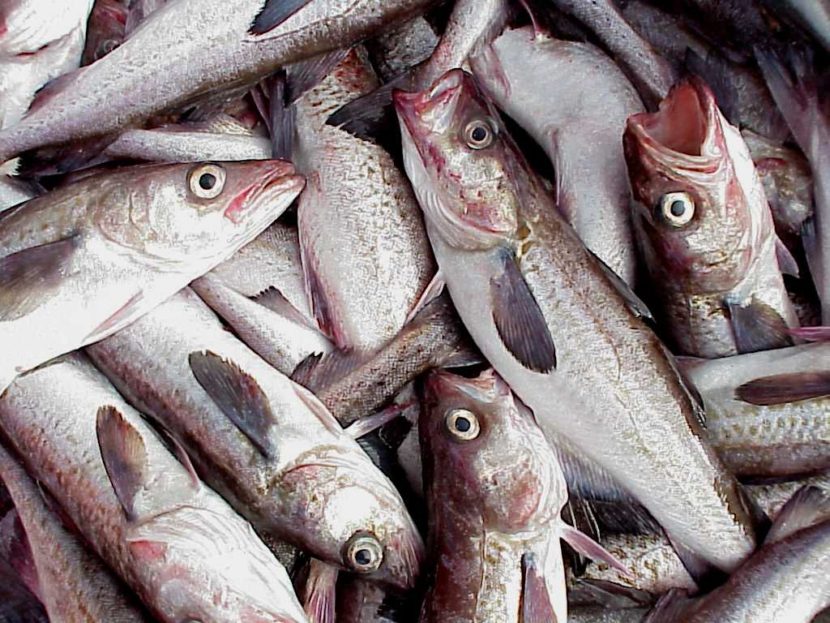
Last year was a good year overall for groundfish fisheries in the region.
With a few standout harvests and favorable proposals with the Board of Fisheries, managers are feeling optimistic heading into the new year.
The Alaska Department of Fish and Game oversees several groundfish fisheries within the Cook Inlet Management Area, which extends outside of Kachemak Bay to the north Gulf coast.
“These fisheries include Pacific cod, sablefish, a directed pelagic shelf rockfish fishery, lingcod, and a small commissioner’s permit Pollock fishery,” said Jan Rumble, Fish and Game area groundfish management biologist.
Pacific cod stood out in 2016 as it was open all year long for pot and jig gear in either a parallel or state waters fishery, Rumble said.
Despite the extended opening, the state waters fishery only reached 83 percent of its guideline harvest level, or GHL.
“The markets here in Homer are just really variable so sometimes it’s challenging for the pot fishermen to find markets that are stable,” she said.
In contrast, fishermen reached the GHL for the very first time in the directed pelagic shelf rockfish fishery.
“I think that this year’s salmon season was not very good, so we just had an increased amount of participation and people doing it who hadn’t done it before and trying it out,” she explained. “I really think it was because of other fisheries not performing as well. People need to pay their bills.”
Fishermen came within 800 pounds of the sablefish GHL last year with a total of six vessels and 35 landings. The GHL for that fishery varies with the acceptable biological catch, or ABC, for the Gulf of Alaska, which is based on the National Oceanic and Atmospheric Administration’s National Marine Fisheries Service stock assessment surveys. This year the GHL will go up by 6,000 pounds for a total of 54,000 pounds. The sablefish fishery will open July 15.
Portions of the sablefish and rockfish management plans were on the table at the Board of Fisheries meeting in Homer, which took place Nov. 30-Dec. 3, 2016.
One proposal more clearly defined how long fishermen have to turn in their logbooks after a landing. Another required prior notice of landing, meaning fishermen have to call ahead and let the department know they are coming in.
“Especially with the rockfish fisheries, which are long-lived species, it’s really critical for us to get samples from these rockfish and collect otoliths for age determination,” said Rumble. “Both those proposals were important for our management and we were really happy that those passed.”
Perhaps one of the biggest changes that came out of the meeting was to reduce the groundfish pot closure area. That should allow local Homer fishermen to have more areas to fish that are closer to town, Rumble noted.
The area was initially closed to protect Tanner crab stocks in Kachemak Bay.
“With our recent information that targets Tanner crab, this area of high Tanner crab abundance could be better defined, which is why we reduced the size of it,” she said.
Looking ahead to 2017, Rumble said she‘d be keeping her eye on the rockfish and sablefish fisheries. For Pacific cod, the focus will be on making sure fishermen once again have enough opportunity to reach the GHL. Above all, she said the priority would be once again monitoring stocks as well as they can with the tools they have.
